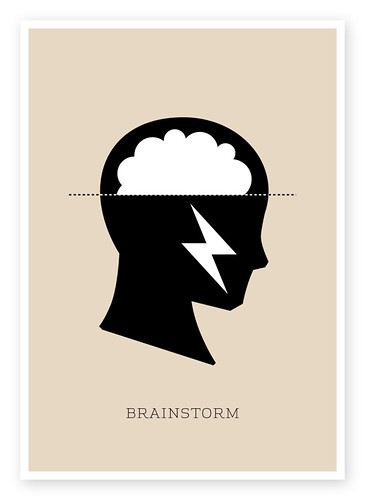 |
| Arroyo, Adam. "Arguing Penguins" 07/08/2006 via Flickr. Attribution-NonCommercial-NoDerivs 2.0 Generic |
For the Position style, I have already thought about my own opinions on the subject and have realized that it is in that "gray area" that I have discussed in my last posts. Therefore, I wouldn't be "repeating what one side" said, but instead would showcase both sides of this argument to come to one conclusion.
As for the Evaluative Argument style, which I am leaning towards, it would work because I want to show the effectiveness of the policies surrounding AI development. I could include many aspects of AI, including in the medical and entertainment fields, to evaluate how AI would improve the world instead of harming it.
As for what won't work, I feel that the Causal Argument and the Proposal Argument is not the best fit for my project. With this topic, there isn't much that someone of the general public can do to support the development of AI except talking about it and spreading the word. For the Causal Argument, I can' t think of enough causes of AI development that would convince my audience enough to make a difference.
Reflection:
I read through Rose and Jenny's posts. I think the main thing that I learned was that there is no reason not to include elements from all of the arguments into one, it is just about how you use them that defines the type of argument you are using for your purpose. For example, Rose wants to use the proposal argument but will include refutation and evaluative properties to help her convince her audience of her argument.
Reflection:
I read through Rose and Jenny's posts. I think the main thing that I learned was that there is no reason not to include elements from all of the arguments into one, it is just about how you use them that defines the type of argument you are using for your purpose. For example, Rose wants to use the proposal argument but will include refutation and evaluative properties to help her convince her audience of her argument.





















